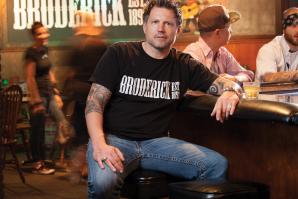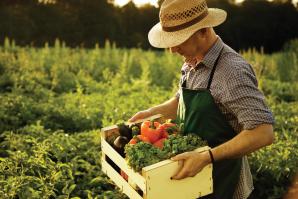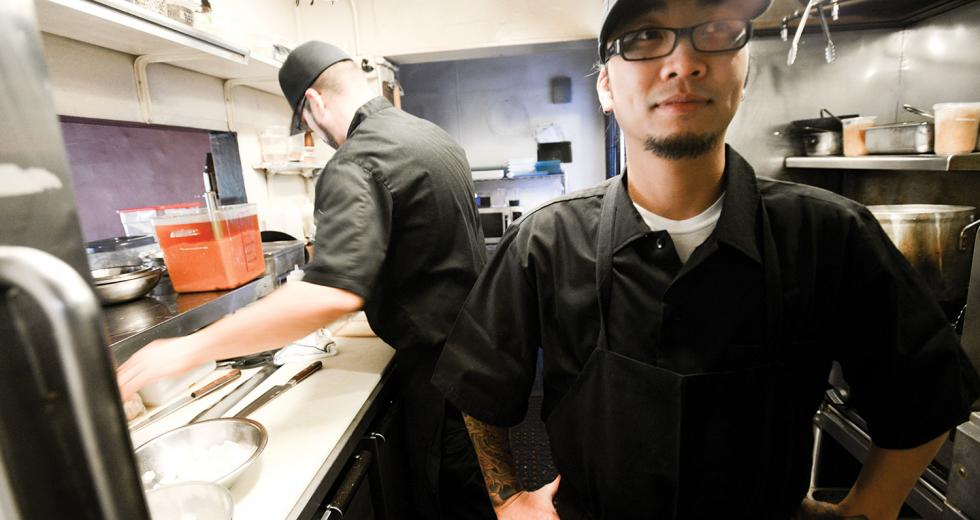As restaurant review guides go, it has no equal. The Michelin Red Guide to restaurants is the best-selling restaurant guide in the world, and earning a place in it is compared to winning an Academy Award. It is so prestigious that whole cities vie for even a single mention, and Sacramento is no exception. Breaking in, however, is easier said than done.
How the guide’s producers select cities and restaurants for review is steeped in more than a century of tradition — and mystery. It was first published in France in 1900 by brothers Andre and Edouard Michelin who, as the name suggests, also created the Michelin tire. They assigned one, two or three stars to restaurants based on the cuisine and the overall dining experience.
While they might have had a somewhat hidden agenda — encouraging people to get into their cars and drive to new restaurants on Michelin tires — the Guide Michelin became immensely popular. To this day, one star means “very good cuisine” in its category, two stars means “excellent cuisine and worth a detour,” and three stars means a restaurant offers “exceptional cuisine and is worth a special journey.” Only 81 restaurants in the world have earned three stars. Chefs have been known to work their entire lives to earn three, and then work twice as hard to keep them.
That first guide only reviewed restaurants in France. Over time, the guide expanded to offer editions in other areas of Europe, but it wasn’t until 2006 that the first U.S. edition was published, featuring New York restaurants. Other U.S. editions have included Los Angeles, Chicago, Napa/San Francisco/Bay Area and Las Vegas.
Sacramento, however, has not received a visit from a Michelin inspector. At least not that we know of, since the guides’ inspectors are strictly incognito. With award-winning offerings such as The Kitchen, Mulvaney’s, The Grange, Kru, Biba, and Paragary’s, Sacramento can hold its own against top eateries in Napa and San Francisco. The question is, will there one day be Sacramento listings among the Bay Area selections? Many people believe Sacramento deserves a shot.
“Sacramento cuisine is going through a huge evolution, pushing the boundaries as far as creativity and innovation,” says Mike Thiemann, executive chef with Selland Family Restaurants and Ella Dining Room and Bar.
Daniel Conway with the California Restaurant Association agrees.
“We have several culinary academies in the region pouring out talented chefs who are eager to make a name for themselves,” he says. “They’re constantly pushing the envelope, and customers are loving it, to the point that Sacramento is becoming a hub for innovative cuisine.”
Beyond innovation, however, some of the few known keys to earning a Michelin star lie in the fundamentals, such as quality ingredients and a first-rate dining experience.
Geographically, Sacramento is surrounded by one of the most vibrant and diverse agricultural regions in the country, meaning its restaurateurs have direct access to a wide selection of fresh, high-quality ingredients. Many of the prominent local suppliers used by Sacramento’s chefs provide meat and produce to Michelin-rated Napa and San Francisco restaurants such as The French Laundry, Coi and Plumed Horse.
As for atmosphere, Conway says the region is blessed with restaurateurs who have built establishments with a keen eye for style, detail and aesthetic design that attracts customers and makes them want to stay.
Taken together it’s a potent mix, but is it enough to persuade Michelin to give Sacramento a look?
“There are some fantastic cities and restaurants with incredible food all across the U.S., but we can’t just show up in any given city and start evaluating,” says Tony Fouladpour, a spokesman for Michelin in the U.S. “It’s an elaborate process that’s in part resource driven and in part steeped in tradition. Bear in mind, the guide was published for more than a century before it even reviewed a single U.S. city.”
Fouladpour would not reveal specific criteria Michelin uses to determine whether it will publish a guide in a city or region other than to say it must make good business sense. If Michelin can’t sell enough $20 guides to justify the publishing cost — on top of paying a small army of undercover investigators to eat at fancy restaurants twice a day — it’s unlikely they’ll compile a guide for that area. Stark examples of where Michelin has discontinued publishing guides are Los Angeles and Las Vegas.
Fouladpour, nonetheless, says he understands the desire for even the slightest Michelin nod.
“There’s a reason why restaurants like to say they have a Michelin-starred chef,” he says. “It says they’re one of the preeminent restaurants in the region, if not the world.”
Michelin doesn’t keep statistics on the economic boost restaurants enjoy when they earn a star, but the anecdotal evidence speaks volumes. Revenue increases of 18 percent and more have been reported, and beyond the restaurants themselves, Michelin ratings can significantly boost broader local economies.
“There’d be obvious economic benefits from getting that kind of recognition here,” Conway says. “Media would take notice, and it would provide one more reason for people to come to Sacramento.”
Regardless of whether Michelin sets up shop in Sacramento, however, the city’s reputation is being burnished. Celebrity Chef Guy Fieri has featured Sacramento stops on his “Diners, Drive Ins and Dives” TV show, The Kitchen Restaurant is one of only five nationwide to achieve back-to-back five-diamond ratings from the AAA guide, and places such as the Squeeze Inn and other burger joints give Sacramento a reputation for excellence in that niche.
“We have so much variety and creativity in our commercial kitchens, but our food scene is still in a bit of a growing-up phase,” Conway says. “It wouldn’t surprise me if five to 10 years from now Sacramento earns a place as one of the preeminent restaurant cities in the state, if not the nation.”
Recommended For You

Roll Out!
Food truck owners are driving new opportunities
Food truck success is leading to brick-and-mortar spin-offs for mobile restaurateurs ready to expand in Sacramento and beyond. For some, a fixed kitchen was always the goal, but for others, the choice to settle down was unexpected, the result of cultivating faithful patrons spreading the good-food word to more and more hungry friends.

Eat it Up
Why you should salivate over Sacramento’s farm-to-fork mantra
In October of last year, Sacramento Mayor Kevin Johnson declared Sacramento the “Farm-to-Fork Capital of America,” presenting the city with a long-term opportunity to build a distinct brand identity that could help the region attract and retain citizens, conventions, tourists and entrepreneurs. It’s especially valuable because a strong regional identity gives energy to the economic engines that make cities successful. Anyone needing proof can look directly to Austin, Texas.



